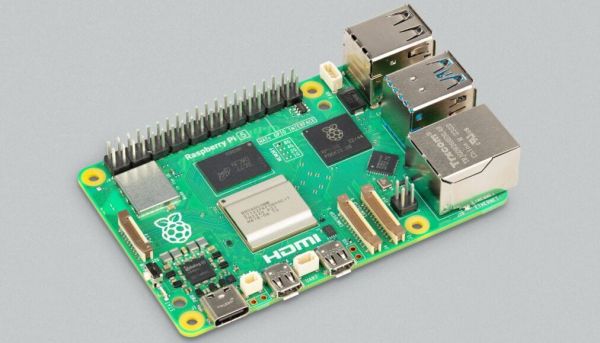It’s not often that the passing of a medium sized company on an industrial estate on a damp and soggy former airfield in southern England is worthy of a Hackaday mention, but the news of hypersonic propulsion company Reaction Engines ceasing trading a few weeks ago is one of those moments that causes a second look. Their advanced engine technology may have taken decades to reach the point of sustainable testing, but it held the promise of one day delivering true spaceplanes able to take off from a runway and fly to the edge of the atmosphere before continuing to orbit. It seems their demise is due to a failure to secure more funding.
We’ve written about their work more than once in the past, of their hybrid engines and the development of the advanced cooling system required to deliver air to a jet engine working at extreme speeds. The rights to this tech will no doubt survive the company, and given that its origins lie in a previously canceled British Aerospace project it’s not impossible that it might return. The dream of a short flight from London to Sydney may be on hold for now then.
Writing this from the UK there’s a slight air of sadness about this news, but given that it’s not the first time a British space effort has failed, we should be used to it by now.
Header: Science Museum London / Science and Society Picture Library, CC BY-SA 2.0

















